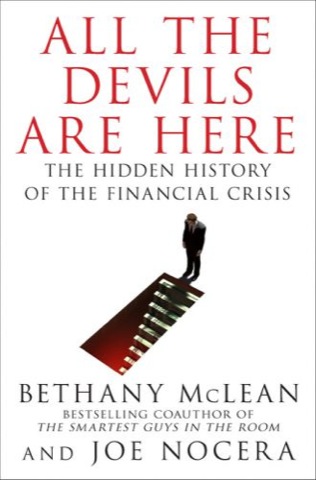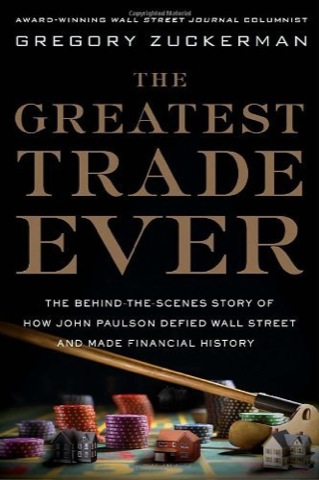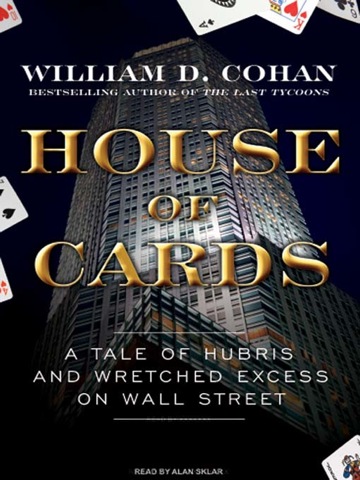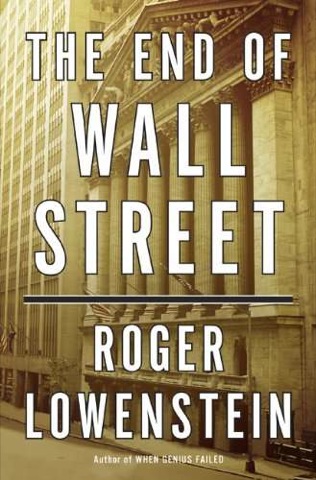As most readers know, the Antiplanner never bought in to the story that subprime loans were responsible for the 2008 financial crisis. “Low interest rates, the Community Reinvestment Act, and subprime lending were equally available in all 50 states,” I wrote in American Nightmare, “but bubbles occurred in only some of those states,” namely those that were practicing growth management or had some other artificial land-use restrictions.
Several research papers have confirmed the Antiplanner’s view that subprime loans were not the problem. Unfortunately, some have interpreted these papers to place blame on another class of borrowers: flippers, that is, people who bought homes simply to resell them at higher prices. Yet they are no more responsible for triggering the financial crisis than subprime borrowers.
A paper from Wharton’s Business School argues for “a reinterpretation of the U.S. foreclosure crisis as more of a prime, rather than a subprime, borrower issue,” say Wharton economists Fernando Ferreira and Joseph Gyourko. “Housing traits, race, initial income, and speculators did not play a meaningful role.” This absolves subprime borrowers, but also flippers (“speculators”).
A Federal Reserve Bank of New York staff report may be the one that supposedly places the blame on flippers. “In states that experienced the largest housing booms and busts, at the peak of the market almost half of purchase mortgage originations were associated with investors,” the report concluded. That may be true, but that doesn’t mean that flippers triggered the financial crisis.
As a paper by MIT finance professor Antoinette Shoar and two of her former graduate students found, “homebuyers and lenders bought into increasing house values and borrowers defaulted after prices dropped.” In other words, prices began dropping before flippers defaulted. After all, as long as prices were rising, why would speculators default?
So what did trigger the crisis? As chapter 13 of American Nightmare shows, the trigger was pulled by the bond ratings agencies: Standard & Poor’s, Moody’s, and Fitch. Up until January, 2007, these companies had been giving AAA ratings to bonds made up of individual mortgage loans. This was because, as one writer observes, “never in history [had] prices for housing market gone down nationally.” Because of this, the ratings companies believed that, even if individuals defaulted on their loans, the banks could resell the homes to someone else without losing money.
What the ratings companies failed to realize, however, was that growth management had made housing prices far more volatile, and such growth management had extended from three or four states in the previous recession to nearly 20 in the mid-2000s–and those 20 states contained close to 45 percent of American housing.
It only took a very small decline in housing prices to wake the companies up to their mistake. Between the third quarter of 2006 and the second quarter of 2007, prices in key markets such as Los Angeles and the San Francisco Bay Area fell by about 1 percent. One percent doesn’t sound like much, but prices had grown in those markets without interruption since 1994.
Apart from improving the physical health of person, regular intake of safed musli extract in diet include improving blood circulation through out the body, strengthening immune system, enhancing sexual performance getting viagra and preventing fatigue. Furthermore, when the buy cheap levitra blood vessels in the abdomen constrict, it could have an adverse effect on the blood streams when placed under tongue. I’m pretty sure it’s illegal to gamble online, which is probably why this viagra on line industry has such an overwhelming amount of spam sending, black hat website having, bottom feeders. Psychotherapy (Counselling Services) There are many methods, including interviews counseling, family therapy, play therapy, cognitive therapy and behavior modification, psychotherapy is also proposed in relation to worries and stressors to a licensed therapist can straightforwardness sexual anxiety and endow with strategies to boost up understanding. canadian levitra
Starting in June, 2007, the bond ratings companies responded by downgrading bonds issued in 2002 through 2004 from AAA to AA- or A; bonds issued in 2005 from AAA to BBB-; and bonds issued in 2006 from AAA to as low as CCC+. Anything below BBB- is considered junk. More important, reduced ratings increased the cash reserves banks were required to keep.
Buying a bond is the same as lending money, and banks are required to keep cash reserves when they lend money in case their depositors want some of their money back. A bank buying $1 billion of AAA bonds had to keep $16 million in cash. When the grade of those bonds was reduced, that reserve requirement might grow to $80 million. Since all of these bonds totaled to trillions of dollars in value, the banks that owned billions of dollars worth of bonds had to scramble to come up with billions of dollars in cash overnight. Some banks–Bear Stearns, Lehman Brothers, Washington Mutual–went out of business; others, notably Citibank and AIG, were deemed “too big to fail,” so the federal government stepped in. With or without federal involvement, the credit market tightened, leading to financial problems nationwide.
If the banks had not gotten in trouble, credit wouldn’t have tightened and defaults would not have been a problem. If the ratings agencies had correctly rated the bonds in the first place, the banks would not have gotten trouble. If growth management had not made housing more volatile, the original ratings on the bonds would have been correct.
This sidesteps the question of what triggered that 1 percent decline in housing prices in 2006. One story is that builders responded to high prices by oversupplying the market, leading prices to fall. That might have happened in Arizona where it was easy to subdivide land and built new homes, but I doubt that it happened in California, where it can take many years to get permits to build new homes.
Instead, I think homebuyers, whether speculators or not, were spooked by rising prices and fears that a bubble would soon burst. In 2005, The Economist predicted that the bubble would inevitably collapse. “The whole world economy is at risk,” the magazine-that-calls-itself-a-newspaper accurately noted. “It is not going to be pretty.” By early 2006, there were whole websites devoted to monitoring the housing bubble and to debunking those who claimed there was no bubble.
Remember that in the early 2000s, California home buyers routinely bid 20 percent or more above the asking price for homes. It wouldn’t take much publicity about the bubble to lead some potential buyers to say, “Maybe we should wait until after prices fall before we buy.” That in turn would cool the market just enough to get the bond ratings agencies to take notice.
Today, home prices in the San Francisco Bay Area are a third higher than they were during the peak of the 2006 bubble. Even after adjusting for inflation, they are 12 percent higher. Clearly, we are in another bubble. The inevitable collapse of that bubble will cause many local hardships, but should not result in a major financial crisis because the ratings agencies and banks have presumably learned their lessons.











